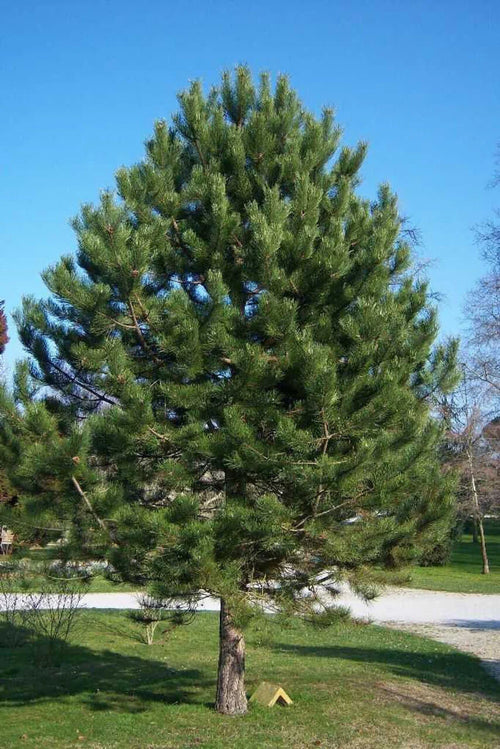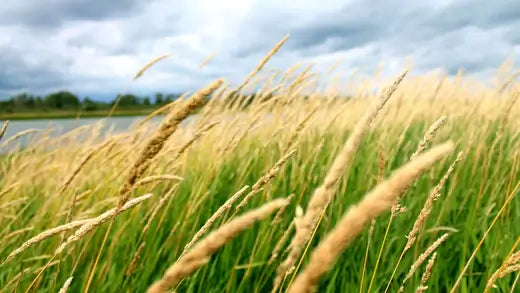Shortleaf Pine Tree Description
The shortleaf pine tree has many uses. Its scientific name is Pinus echinata, and it belongs to the pine family. The scientific name is from the Latin word that means hedgehog. It comes because the cones from the trees have spines similar to the hedgehogs.The southern pine trees have a wide geographic range and are found easily in the southern parts of the US. They also contain a sizable standing volume. Maple trees can grow on different types of soil and ground conditions. Because of this, it makes them among the least fussy trees to plant. They are also able to withstand other vegetation competition compared to other pines.
Physical Appearance
The pine tree has a wide girth and is large with a long trunk and open crown. The leaves of the tree are needles. The needles often occur in pairs or sometimes in threes and will be three to five inches long. The spiny needles are long and slender, with a sharp point at the end. They are straight and will be a rich green with hints of blue.
The branches are green when fresh but turn grey and brown with a whitish covering when they are old. They will be stiff and brittle with a rough exterior. They are thick and stout when fresh and when aged.
The trunk, covered with thick bark, ranges from brown with a reddish tint to black. It tends to be in unevenly large panels.
Habitat
The shortleaf pine tree is primarily found in moist to dry areas. They do well in acidic soils from chert, sandstone, or igneous rock substrates. They also thrive when grown in plantations.
The tree is found in more than twenty-two states and is the most occurring pine tree in the southeastern United States.
Pollination
The tree pollinates between March and April. The tree contains both male and female cones, which shed pollen. The male cones are at the end of the twigs below the female cones, at the top branches of the tree crown. The tree releases a lot of pollen that appears as fine yellow dust. The density of pollen released is to increase the chances of pollination taking place.
Pollination takes place by wind because the maple trees do not have flowers to attract insects to pollinate them. When the wind blows, the male cones produce pollen which the wind blows to the female cones and settle on the ovules. The male pollen grains are light, making it easy for the wind to carry them along. After two or three years, the fertilized ovules in the female pinecones mature and become cones.
What's the Shortleaf Pine Tree's Purpose in The Ecosystem?
The shortleaf pine tree is valuable in the ecosystem. Because it naturally occurs over a wide range, it affects the trees' soil. Many animals, including small mammals and birds, eat the seeds and twigs.


















































